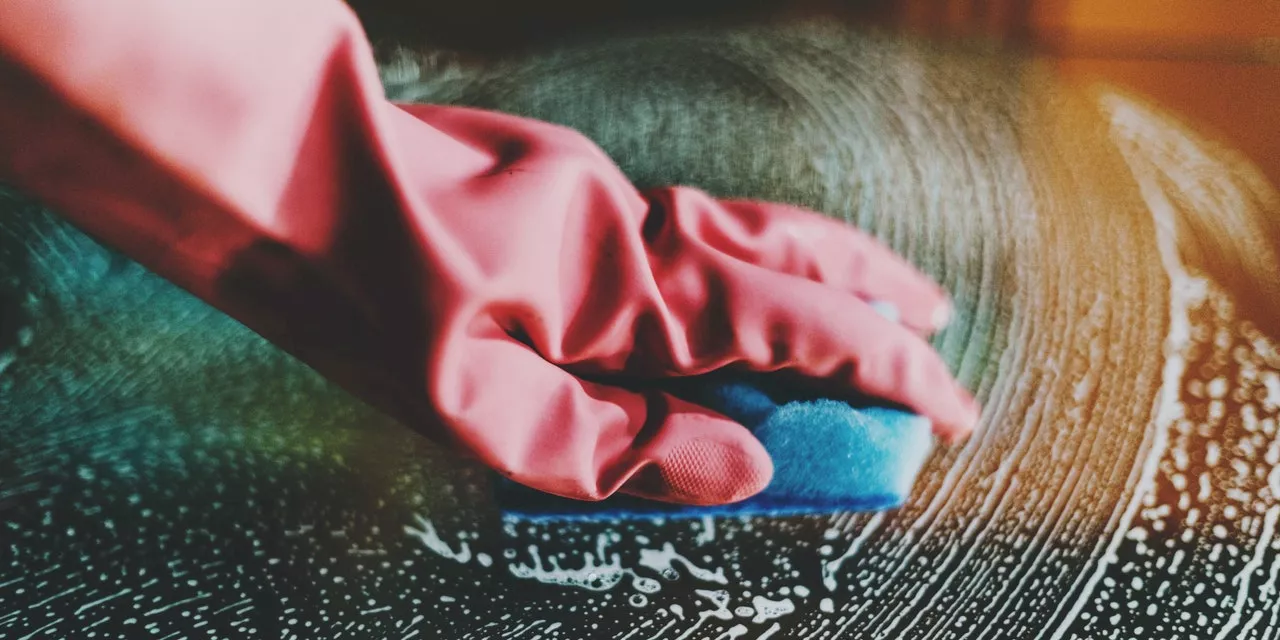Norovirus is a highly contagious stomach bug that can easily spread through contaminated surfaces and fecal-oral transmission. This guide provides a comprehensive overview of how to effectively clean and disinfect surfaces, prevent the spread of the virus, and manage its symptoms.
If someone you live with gets norovirus (the nasty stomach bug on the rise), your first thought might be something like, “Damn, I feel so bad for them,” followed quickly by some form of, “I need to make sure I don’t catch it.” There’s nothing like the constant sound of vomit to make you pray you aren’t the virus’s next victim.
But before you grab the cleaning supplies, know this: Many common disinfectants (containing things like ammonia and alcohol), hand sanitizer, and even Clorox and Lysol wipes, often do not fully kill norovirus. You’re going to need the hard stuff for this one: a bleach solution…and a strong arm. That’s because norovirus is a sturdy little bugger. Unlike plenty of other common viruses, like COVID-19 and flu, which are surrounded by a fat membrane (or “envelope”), norovirus is secured in a very strong protein shell called a capsid, Lauren Pischel, MD, MSc, an infectious disease specialist and instructor at Yale School of Medicine, tells SELF. Cleaning agents, hand sanitizer, and soap have a difficult time dissolving that hard protein layer, she explains. Thanks to this mighty shield and its ability to survive at a wide range of temperatures, norovirus can also live on surfaces for as long as a couple weeks. Read on to learn how this notoriously contagious microbe can infiltrate a home—and what actually kills norovirus on surfaces and hands. Understanding how norovirus spreads can help you figure out what and where to clean. Because norovirus wreaks its havoc on the GI tract (triggering vomiting and diarrhea), it typically spreads through tiny poop and vomit particles. That might seem most relevant for someone who’s directly caring for, say, a young child and helping them go to the bathroom—which is certainly one path to catching it, Dr. Pischel says. But these little bits can also travel in many less apparent ways: For example, a sick person uses the bathroom and doesn’t wash their hands super well before shaking your hand, and then you touch your mouth; or their hands still contain some of the virus when they prepare food, which you then eat. Or, if an infected person touches a countertop, doorknob, or light switch with a hand that still has some virus on it, and then you follow suit, you could wind up ingesting it when you later eat or touch your mouth. There’s also the ever-grosser possibility that the virus becomes aerosolized (meaning, dispersed into the air) because of how forcefully someone vomits or when they flush their diarrhea, Dr. Pischel says. If you’re in the vicinity, you could unfortunately inhale it and get infected that way—but even if not, it’s possible that you could pick it up by touching any surface within the splash zone (sorry) where particles may have settled. The worst part: Getting exposed to even a minuscule number of viral particles is enough to make you sick, Dr. Pischel says. Research suggests as few as 18 can do it. (For reference, it’s thought to take around 100 particles to get sick from COVID.) To visualize how little exposure that entails, consider that one gram of poop (picture a quarter teaspoon) from a person with norovirus can include billions of viral particles. And it’s thought that as many as 10,000 can linger on surfaces that get contaminated. So in terms of cleaning, you’ll want to consider not only a bathroom that’s been subject to the GI mayhem of norovirus, but also any other object or surface that may have been touched or sprayed by an infected person. How to effectively kill norovirus and keep it from ripping through your household 1. Use bleach to disinfect hard surfaces STAT. As mentioned, many typical household cleaning sprays and wipes aren’t sufficient to get rid of norovirus. According to the CDC, what actually kills norovirus is a chlorine bleach solution—which you can make by combining five to 25 tablespoons of household bleach with a gallon of water. (It’s important to use it within 24 hours of mixing it, or else some of that powerful bleach will have evaporated off.) And you want to do this as soon as you can after someone gets sick. Worth noting: You can also buy a cleaning product registered by the EPA as effective against norovirus, many of which are also chlorine bleach-based (including extra-strong health-care-grade Clorox wipes) and some of which include other active ingredients like quaternary ammonium compounds (QACs) or hydrogen peroxide. However, according to the CDC, because of the way they’re tested in a lab, they may not be quite as effective at killing norovirus in real life as the bleach solution above. Here’s how to clean any hard surface that may have gotten contaminated with norovirus-laden poop or vomit particles: Put on disposable gloves and a mask (to keep from touching your face) as well as clothing you can easily wash right after. Use paper towels to wipe up any visible vomit or poop and then throw them in a plastic trash bag. Then, using your bleach solution and paper towels, wipe down the entire surface. Allow the bleach solution to sit for at least 10 minutes before wiping it down again with clean water. (Do not mix bleach with ammonia, as this creates toxic fumes.) After cleaning, wash your hands thoroughly with soap and water. 2. Pay extra attention to high-touch areas. This includes doorknobs, light switches, countertops, handles, and faucets. If you have young children or someone who is prone to vomit, you may also want to consider disinfecting toys, pacifiers, and other frequently touched items. 3. Regularly clean and disinfect bathrooms. This includes toilets, sinks, floors, and shower stalls. 4. Wash hands frequently. This is one of the most effective ways to prevent the spread of norovirus. Wash your hands with soap and water for at least 20 seconds after using the bathroom, before eating, and after touching any potentially contaminated surfaces. 5. Stay hydrated. Norovirus can cause severe dehydration. Be sure to drink plenty of fluids, such as water, clear broth, or sports drinks, to replace lost fluids.
Norovirus Stomach Bug Infection Cleaning Disinfection Transmission Prevention Symptoms
United States Latest News, United States Headlines
Similar News:You can also read news stories similar to this one that we have collected from other news sources.
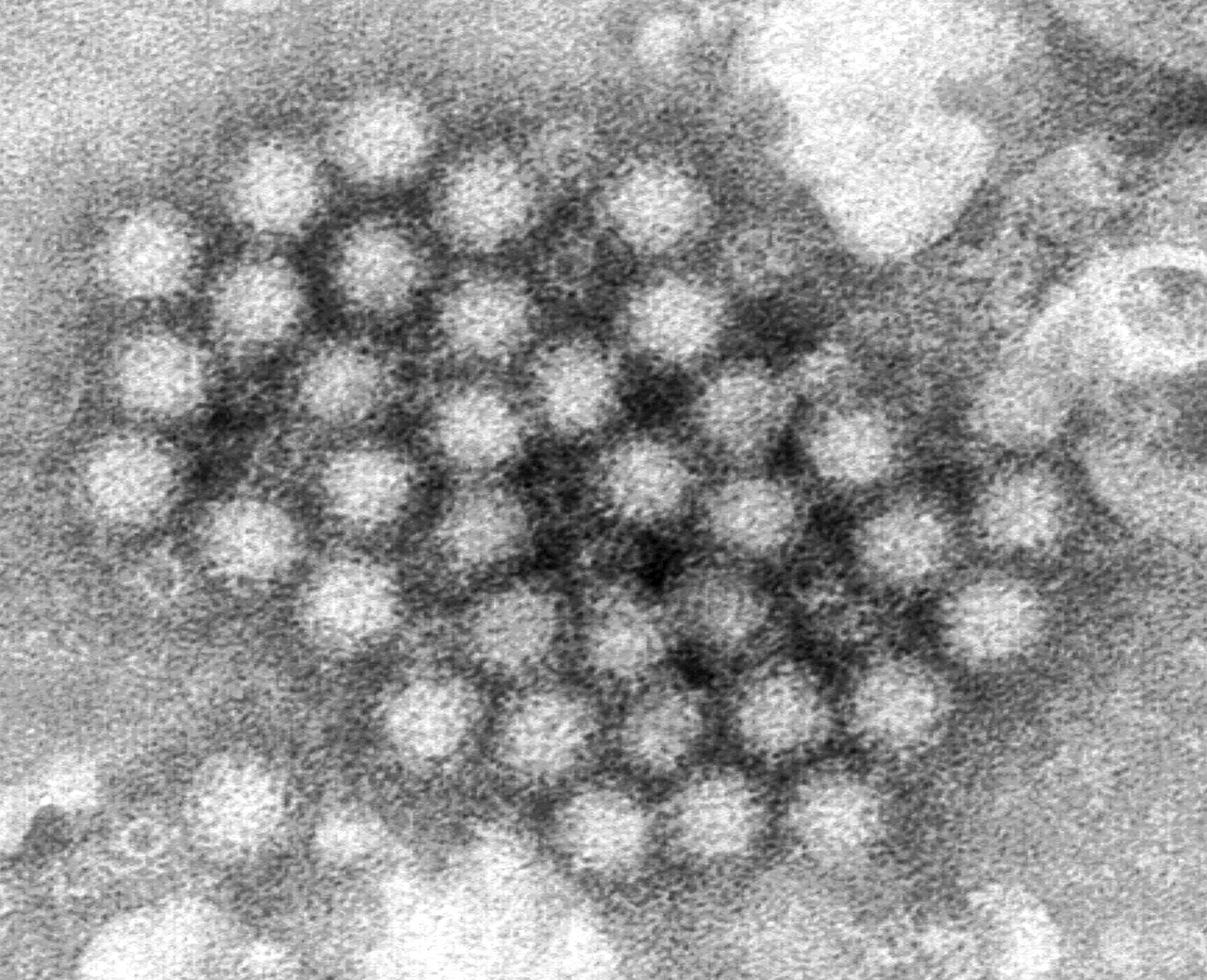 Norovirus Outbreak at Highest Level in Decades, Doctors Warn of Symptoms and PreventionA severe norovirus outbreak, also known as the stomach flu, is spreading across the United States, reaching its highest levels for this time of year in over a decade. Doctors are advising people to be aware of the symptoms and take preventive measures. The highly contagious illness causes vomiting, diarrhea, and can lead to dehydration, especially in the elderly, young children, and immunocompromised individuals.
Norovirus Outbreak at Highest Level in Decades, Doctors Warn of Symptoms and PreventionA severe norovirus outbreak, also known as the stomach flu, is spreading across the United States, reaching its highest levels for this time of year in over a decade. Doctors are advising people to be aware of the symptoms and take preventive measures. The highly contagious illness causes vomiting, diarrhea, and can lead to dehydration, especially in the elderly, young children, and immunocompromised individuals.
Read more »
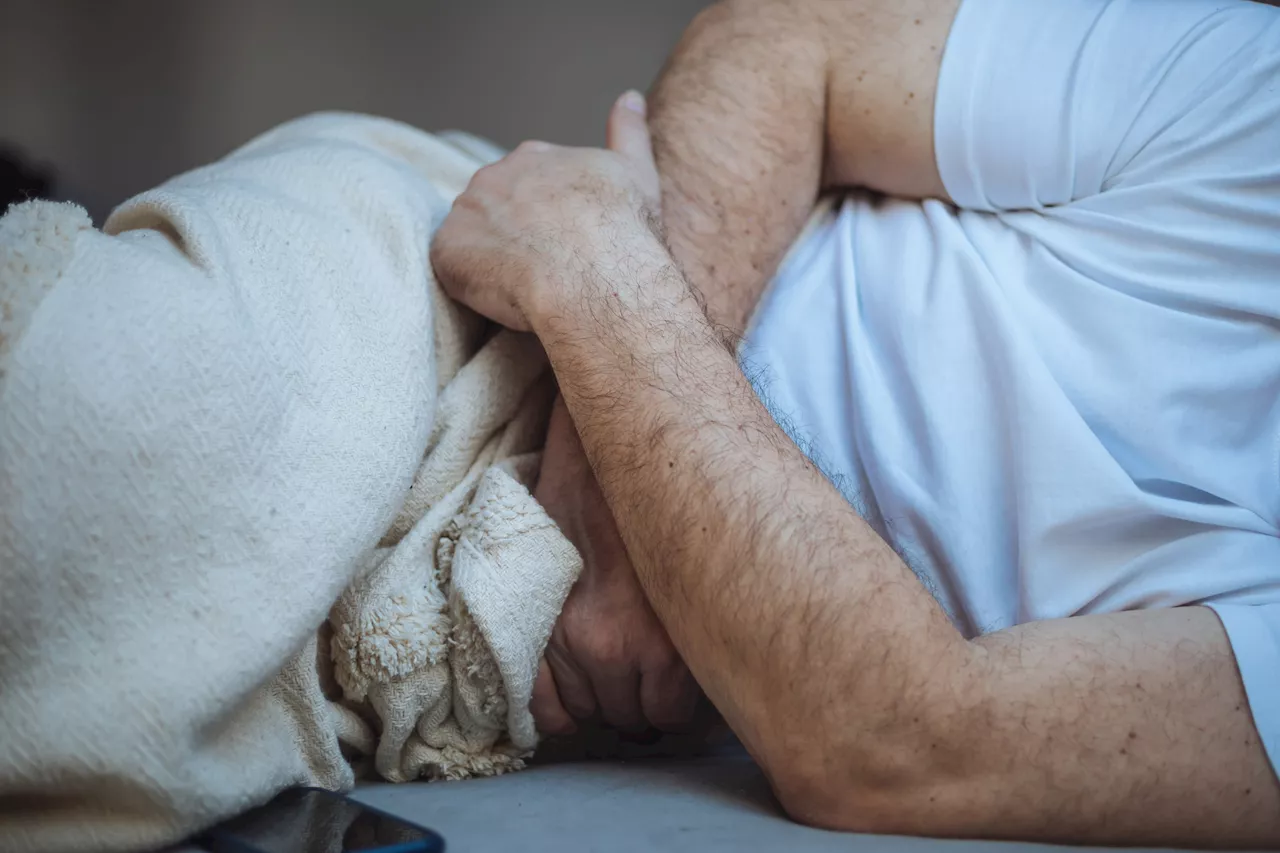 Norovirus Spiking Across US: What to Know About Symptoms and PreventionA record number of norovirus outbreaks are occurring in the US, with cases surging above pre-pandemic levels. Learn about the symptoms, causes, and prevention of this highly contagious stomach bug.
Norovirus Spiking Across US: What to Know About Symptoms and PreventionA record number of norovirus outbreaks are occurring in the US, with cases surging above pre-pandemic levels. Learn about the symptoms, causes, and prevention of this highly contagious stomach bug.
Read more »
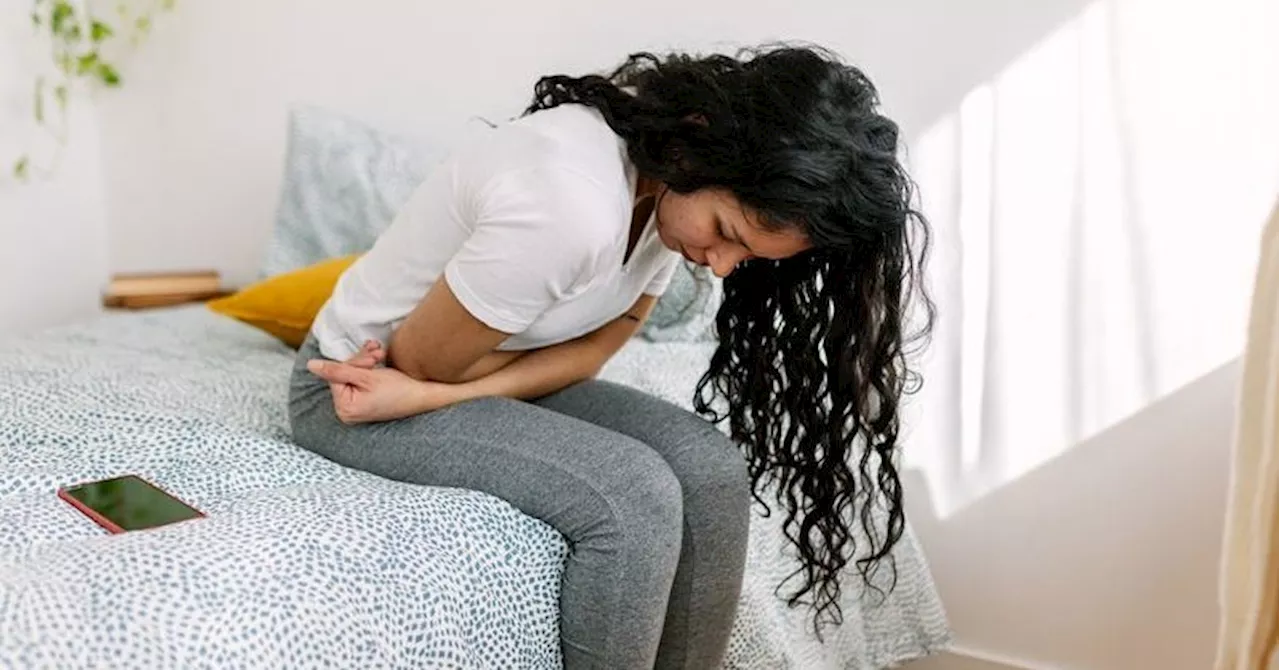 Norovirus Season: Symptoms, Prevention, and What to KnowThis article provides information about the norovirus, a common winter virus causing vomiting and diarrhea. It discusses symptoms, transmission, prevention measures, and recovery tips.
Norovirus Season: Symptoms, Prevention, and What to KnowThis article provides information about the norovirus, a common winter virus causing vomiting and diarrhea. It discusses symptoms, transmission, prevention measures, and recovery tips.
Read more »
 Most Cleaning Products Won't Kill Norovirus, Doctor SaysSince becoming a freelance writer in 2019, Emily has developed significant experience covering viral pop culture moments and trending news topics in the health and wellness space, while also writing about mental health, relationships, and smarter living.
Most Cleaning Products Won't Kill Norovirus, Doctor SaysSince becoming a freelance writer in 2019, Emily has developed significant experience covering viral pop culture moments and trending news topics in the health and wellness space, while also writing about mental health, relationships, and smarter living.
Read more »
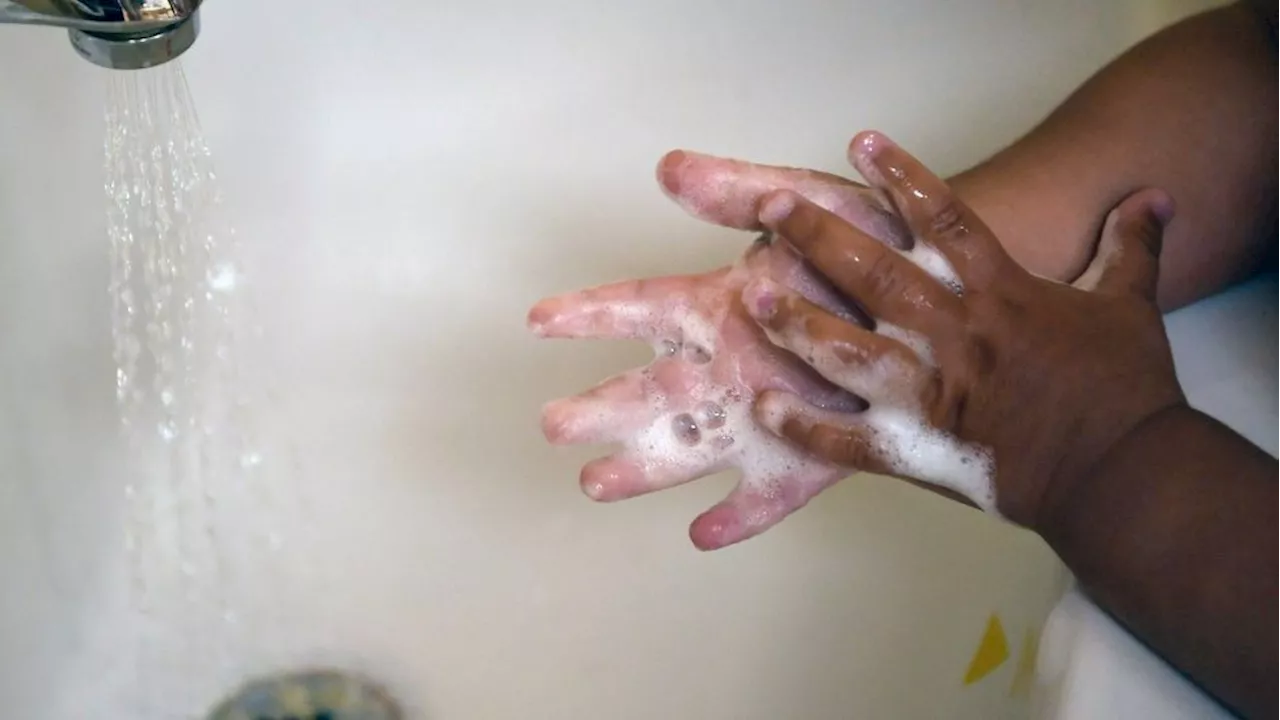 Winter Illness Guide: How to Protect Yourself from Flu, COVID-19, RSV, Colds and NorovirusThis article provides information on common winter illnesses, their symptoms, and how they spread. It also offers tips on prevention, including handwashing, cleaning surfaces, masking, and vaccination.
Winter Illness Guide: How to Protect Yourself from Flu, COVID-19, RSV, Colds and NorovirusThis article provides information on common winter illnesses, their symptoms, and how they spread. It also offers tips on prevention, including handwashing, cleaning surfaces, masking, and vaccination.
Read more »
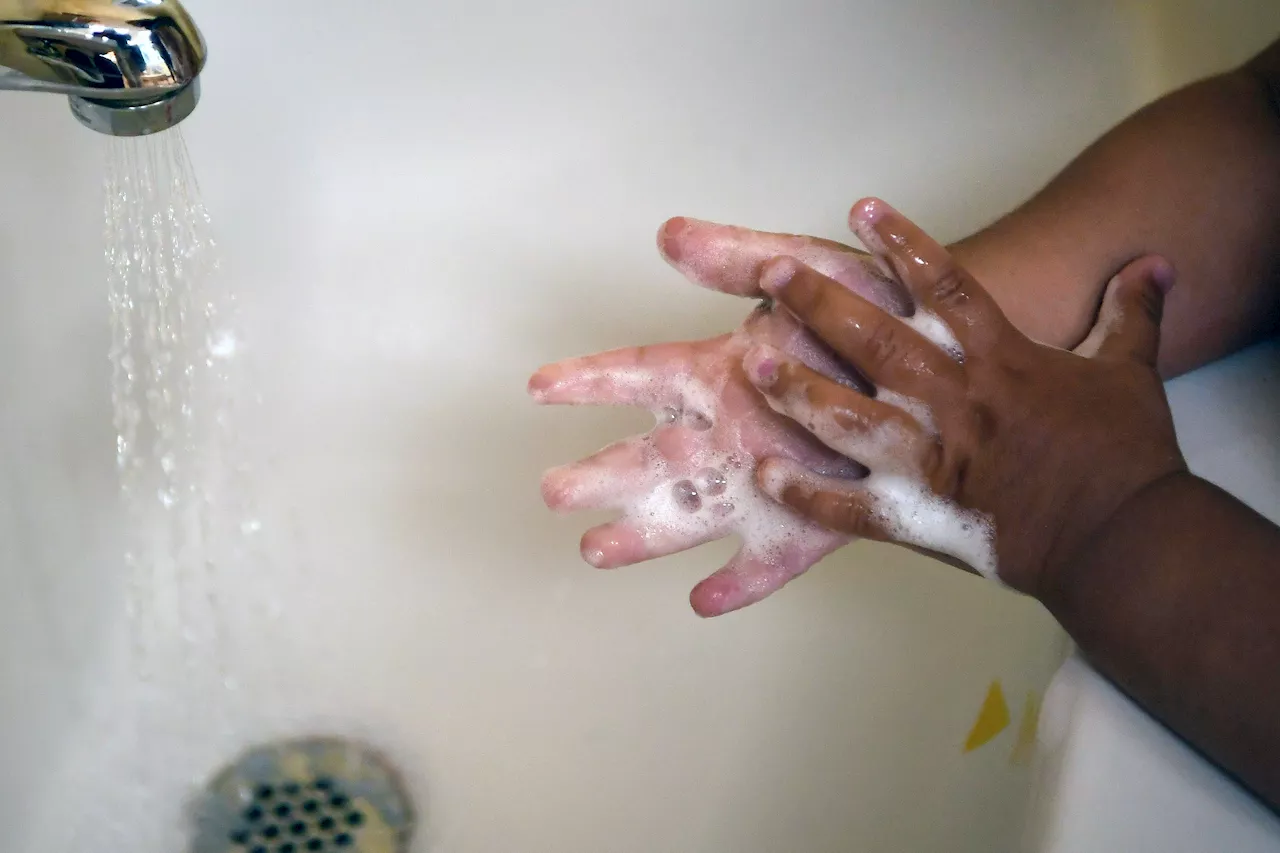 Winter Virus Guide: How to Protect Yourself from the Flu, Colds, COVID-19, and NorovirusThis article provides a comprehensive guide on protecting yourself from common winter viruses like the flu, colds, COVID-19, and norovirus. It covers symptoms, prevention strategies, and treatment options.
Winter Virus Guide: How to Protect Yourself from the Flu, Colds, COVID-19, and NorovirusThis article provides a comprehensive guide on protecting yourself from common winter viruses like the flu, colds, COVID-19, and norovirus. It covers symptoms, prevention strategies, and treatment options.
Read more »
